We are not saints, but we have kept our appointment. How many people can boast as much?
Samuel BeckettWhen I first arrived in France, I discovered that people would wish you happy saint’s day if your name happens to also be that of a saint. Saint Geoffroy is November 8, which has nothing to do with my birthday, which is apparently associated with Saint Raoul1, but being wished a happy saints day was like having another birthday.
Saint Vincent, the patron saint of wine, vine dressers; vinegar makers; vintners; wine growers; wine makers, is celebrated this coming week on 22 January. So the following is a potted history of the saint, his connection to wine and the oldest church in Paris, which is Saint-Germain-des-Prés, and also one of the original Paris Wine Walks.
There are various reasons given for why Vincent became associated with wine, the most obvious being his name. ‘Vin’ is French for wine, and ‘cent’ sounds like ‘sang’, which is French for blood. And it seems Vincent was martyred in a most cruel manner being tortured and then crushed in a press like a grape, his blood running out like a metaphor for wine.
There is a tale that while stopping to chat with vineyard workers, Vincent’s donkey started to eat the branches of a vine, ‘pruning it’. During harvest, the vineyard workers noticed that vine had produced a better crop and so the benefits of pruning were discovered.
According to the highly original ‘Blogging Donkeys’ website, “in Greek mythology, the god Aristaeus, is credited with the practice of vine pruning, supposedly after seeing a goat eat the lower foliage, and another legend has it that a donkey in Palestine introduced the practice”.
(You can watch a video of donkeys eating grape leaves here)
Either way, pruning also happens to begin around this time of year and Vincent of Saragossa, adopted as the patron saint of wine, is celebrated by various wine fraternities2 around the world, precisely at the time of year when pruning traditionally begins. Vines that are pruned this time of year drip sap, which is often referred to as ‘the blood of the vine’. In recognition of the saint’s patronage, certain vignerons will symbolically prune one vine on the Saint’s day as a way of evoking his blessing for the coming year.
More significantly for us, the Church of Saint-Germain-des-Prés in the 6th arrondissement in Paris finds its origins with the saint. The abbey of which it was once part, was built in the 6th century to house two important relics. A piece of the true cross and a piece of Saint-Vincent’s tunic, acquired by Childebert during his intended siege of Saragossa in Spain in 531, which he raised when he discovered it was a Christian town. In gratitude, the city gave him a piece of Saint-Vincent’s tunic and a piece of the cross. Or, another version suggests he was given, or took the entire tunic.
When Childebert returned to Paris, Germain, who was then Bishop of Paris and not yet a saint, declared a monastery should be built to house these relics (pictured above with the fortress of the Louvre in the background and the Eglise Saint Pierre on the Butte Montmartre behind) and the Monastery of Saint Vincent of the Cross was built and consecrated in 558, the same year Childebert died. The Abbey was renamed the Abbey Saint-Germain-des-Prés (Saint-Germain in the fields) after St-Germain, who was sanctified immediately after his death in 576. He was buried in the chapel (picture below) and eventually removed to the main church and placed behind the altar in 756.
The first walk I developed with Paris Wine Walks, was called ‘Vines in Saint-Germain-des-Prés’. By far the smallest ‘vineyard’ in Paris, it is also, by far, the most important historically in terms of wine. To support it economically, the abbey had been given large tracts of land that extended west and included all of what is now the the 6th, 7th and 15th arrondissements as far as Meudon to the west and as far as Chelles to the south. There were also other plots as far south as Fontainebleau, much of which was planted to vines.
According to Etienne Lafourcade in Paris Pays du Vin (1998), the Abbaye Saint-Germain-des-Prés produced around 10,000 ‘muids’ (about 280 litres per muid, therefore a total of 2,800,000 litres) of wine per year from all its holdings. Lafourcade estimates their annual consumption at around 2000 ‘muids (560,000 litres – enough to provide 500+ monks, nuns and acolytes with 3 litres of wine each, per day), which left them with an astounding 2,240,000 litres to sell.
So the history of Paris as a land of wine is very much associated with Saint-Germain-des-Prés. The miniature vineyard pictured below, which was in the Square Laurent Prache on the North side of the church, is what it looked like when I first started the walk in its name. Planted in 2007 with Gamay vines from the village of Julienas in Beaujolais, it was symbolic of the extraordinary wine history of the abbey and the much greater story of the vineyards of Paris and the Île-de-France.
But one day I arrived on site to start a tour and the vines were no longer there. I was dumbfounded as I’d suddenly lost the key element to one of the most important pieces of the wine history of Paris. I tried to find out what had happened from anyone I could ask, and no one knew. I wrote to the town hall of the 6th arrondissement to see if they knew (and never received a response) and so carried on doing the tour, simply showing pictures, like the one above, of what had once been there.
Weeks later, I happened to visit the Square Felix Desruelles on the boulevard Saint-Germain side of the church and there they were. Looking a lot worse for wear and tear and no longer planted in neatly defined ‘vineyard’ rows, but altogether in a line by the side of the church. There seemed to be little care or concern for their well-being, but vines are tenacious, hardy plants and so they have survived and are again well rooted and thriving, although no longer isolated. Instead, they are surrounded by a profusion of other plant life that collectively gives an exuberant picture of the energy and the wildness of nature.
The smallest vineyard of Paris indeed, but also one of the most important. There is a feeling of history tied to memories of the past that are real and which sometimes emerge as a sensation of connectedness with that past, evoked by an image, a story, a ruin, the living stones of monuments that still stand. The vines of Saint-Germain-des-Prés are an entirely different connection, but still tie us to the ‘spirit of place’ and the spiritual link their presence has with the living soil in which they are planted. It is a story that spans millennia, reflected in the cycles of nature and the tenacity and vigour of the vine itself.
To all the Vincents out there, Happy Saint Vincent! For those Vincents reluctant to be associated with a saint, have a great day all the same and come join us on a wine walk to Saint-Germain-des-Prés. We’re offering all Vincents a 2-for-1 reduction, or 50% off on our Saint-Germain-des-Prés wine walk for all bookings made through the end of February.
The English saint Raoul lived in the 16th century. A simple illiterate farmer and father of eight children. He was arrested once, the day he switched from Protestantism to Catholicism. He was released, but caught again with a priest, Roger Dickenson. The judge did everything possible to make him renounce Popery, but Raoul persevered in his Catholic faith and was hanged in Winchester on 7 July 1591.
Among the festivities associated with the saint in France there is the Burgundian ‘Saint-Vincent Tournante’, as the festival moves from village to village and is based on solidarity and mutual aid. Beginning in the 18th century, it grew in importance in the 19th century with wine-makers pooling tools and resources and helping each other out in times of sickness or need. Saint Vincent is also celebrated in the Medoc, Champagne, Chablis, Gaillac, Stigova in Croatia... and Berkley in California.
Wine Walks!
For more information, click on the underlined links:
Clos Montmartre - Paris in Your Glass
Paris' most famous wine producing vineyard
Latin Quarter Unbottled!
An insider's journey to the oldest wine neighbourhood in the city
Wine Your Way Through the Marais
The Marais seen through a wineglass
Saint-Germain-des-Prés
Discover the vinous spirit of medieval Paris
3-Vineyard Cycling Tour
A comprehensive overview of medieval Paris
Paris Bottled!
Short on time? This one’s for you.

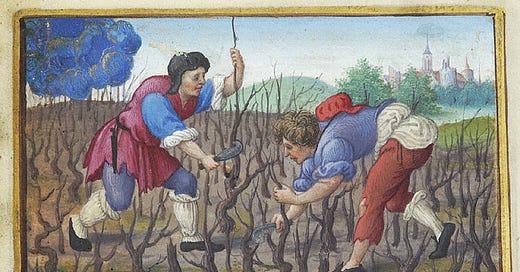



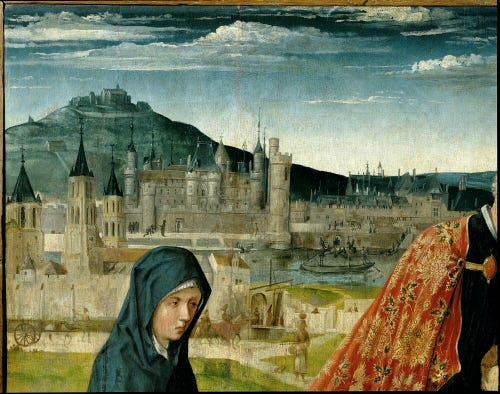
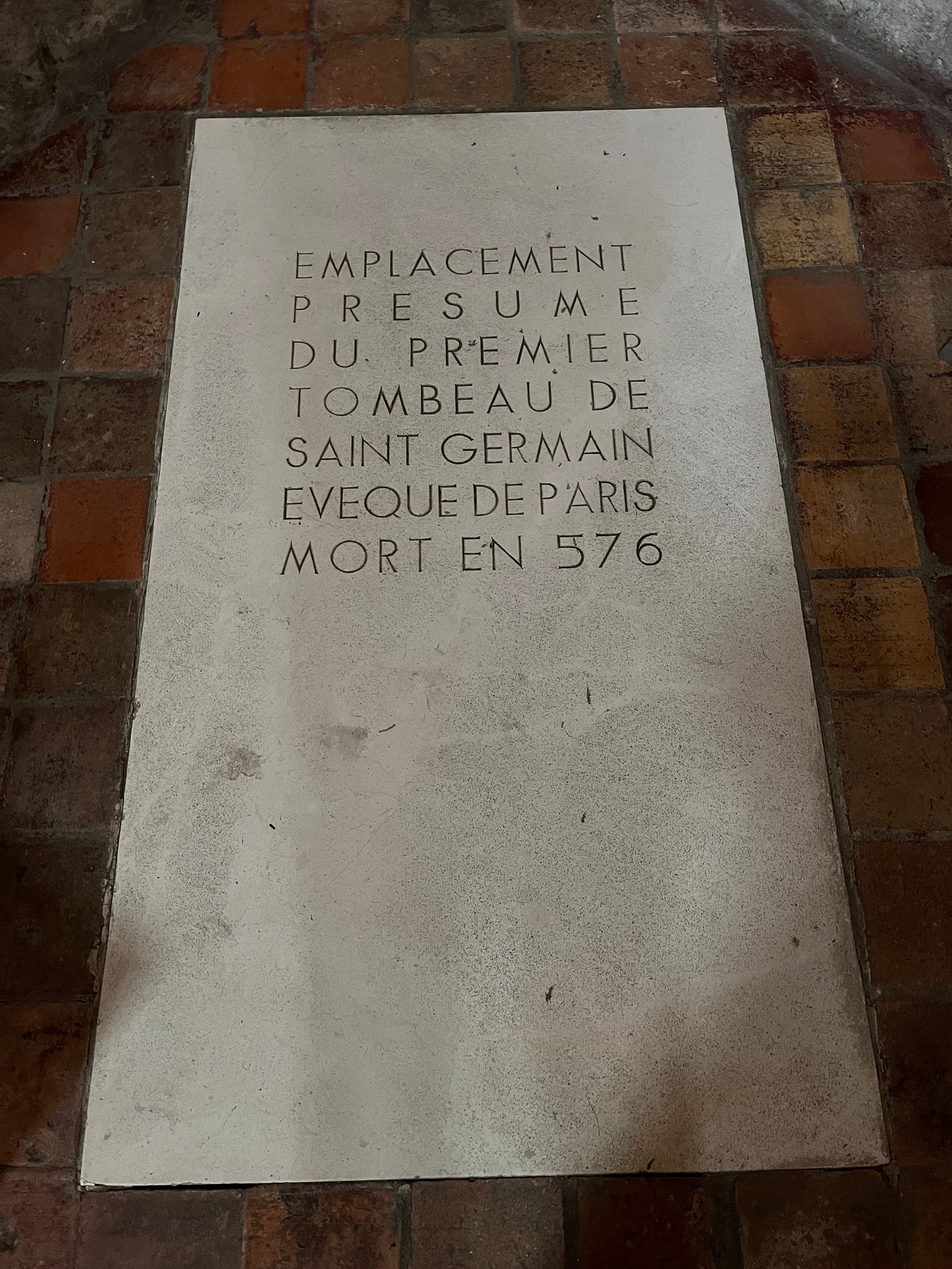
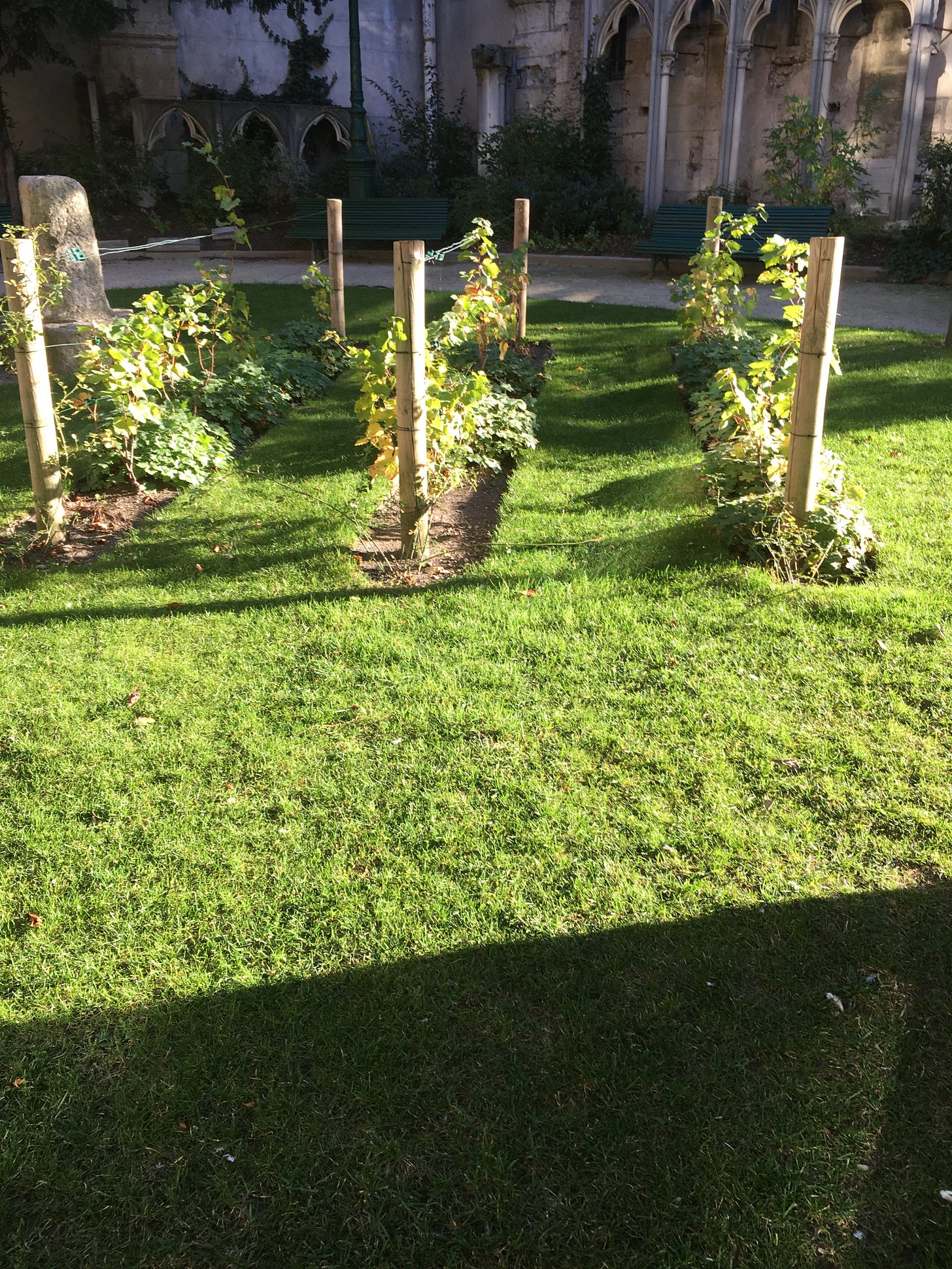
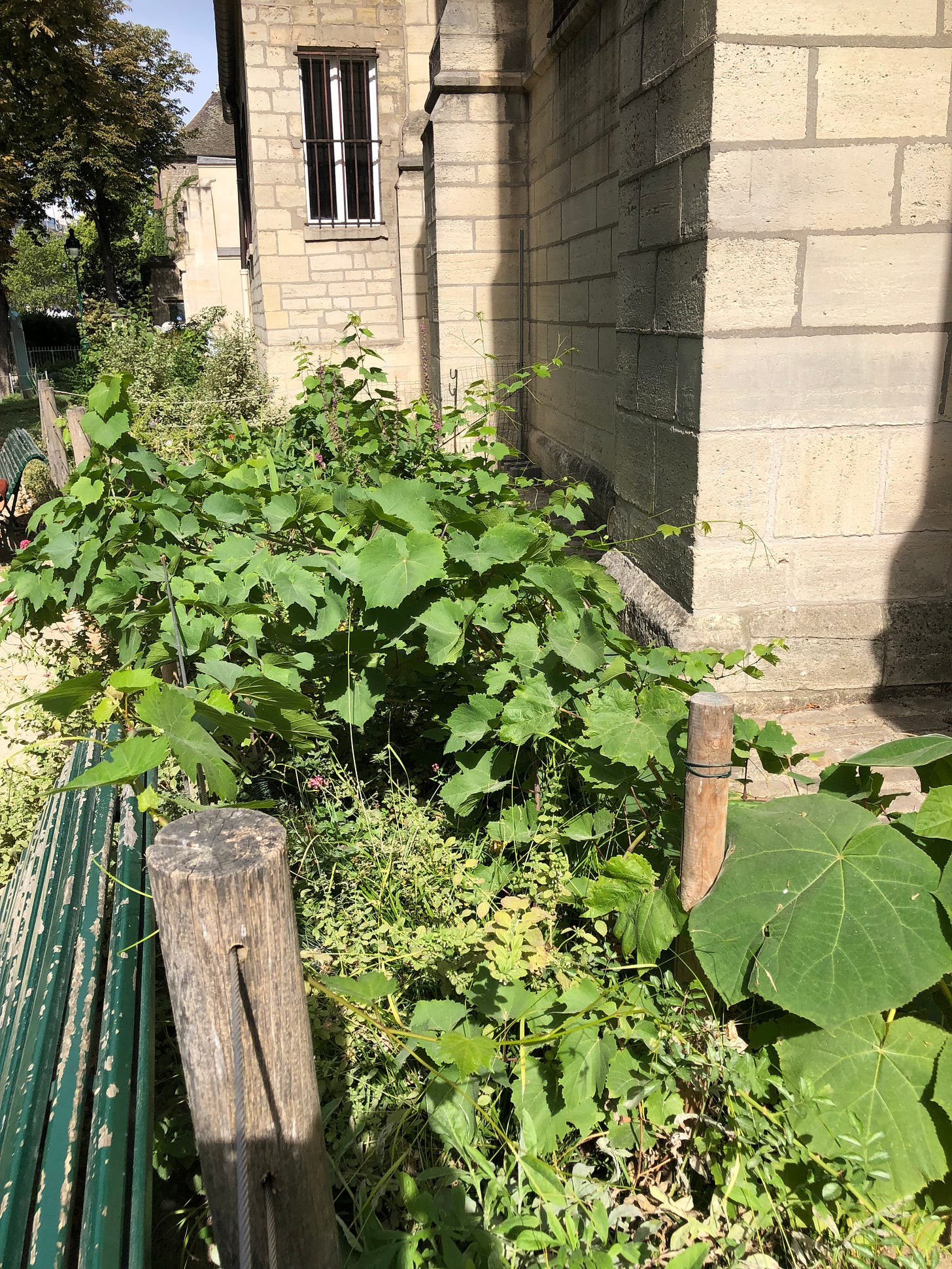

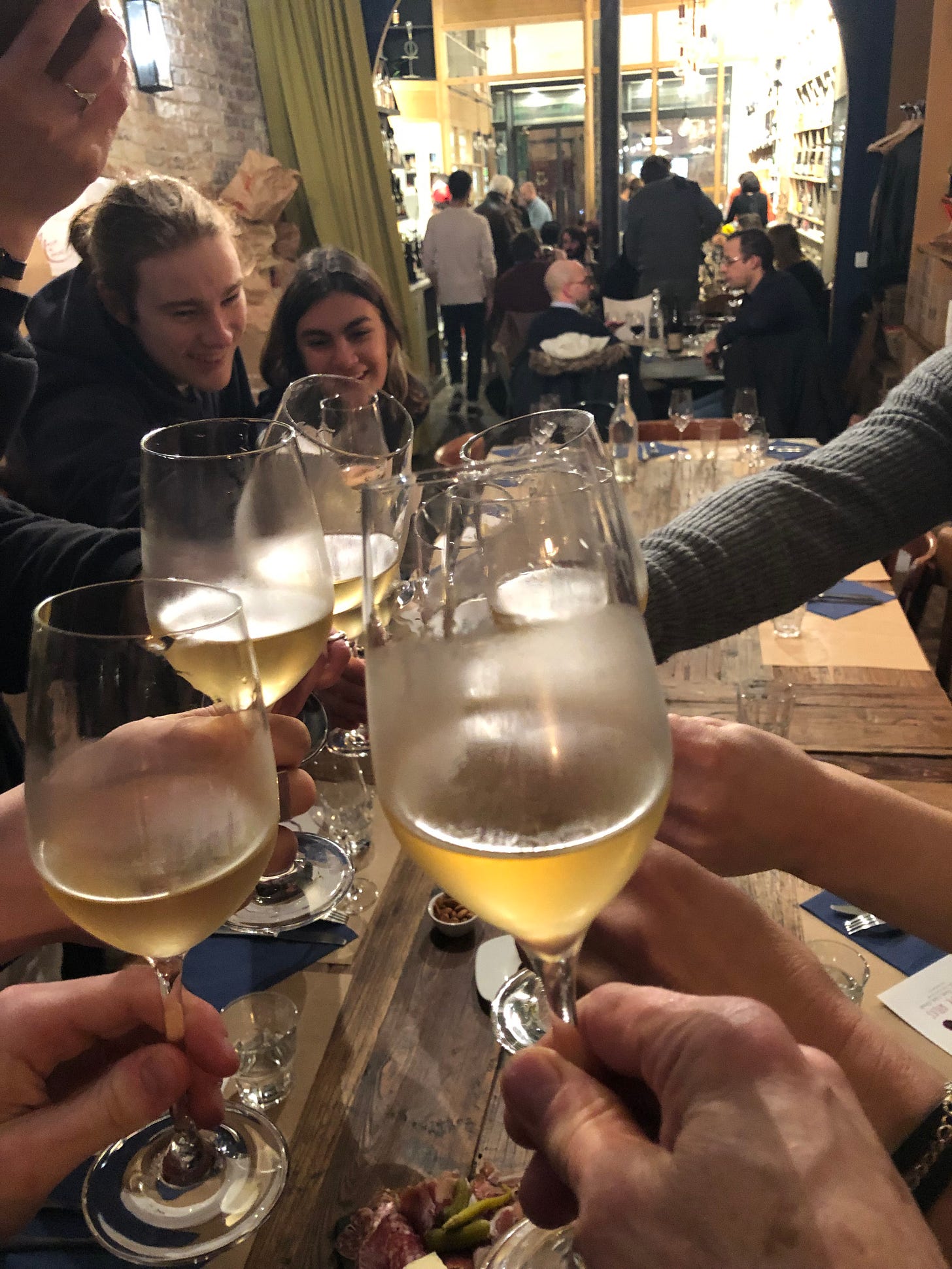
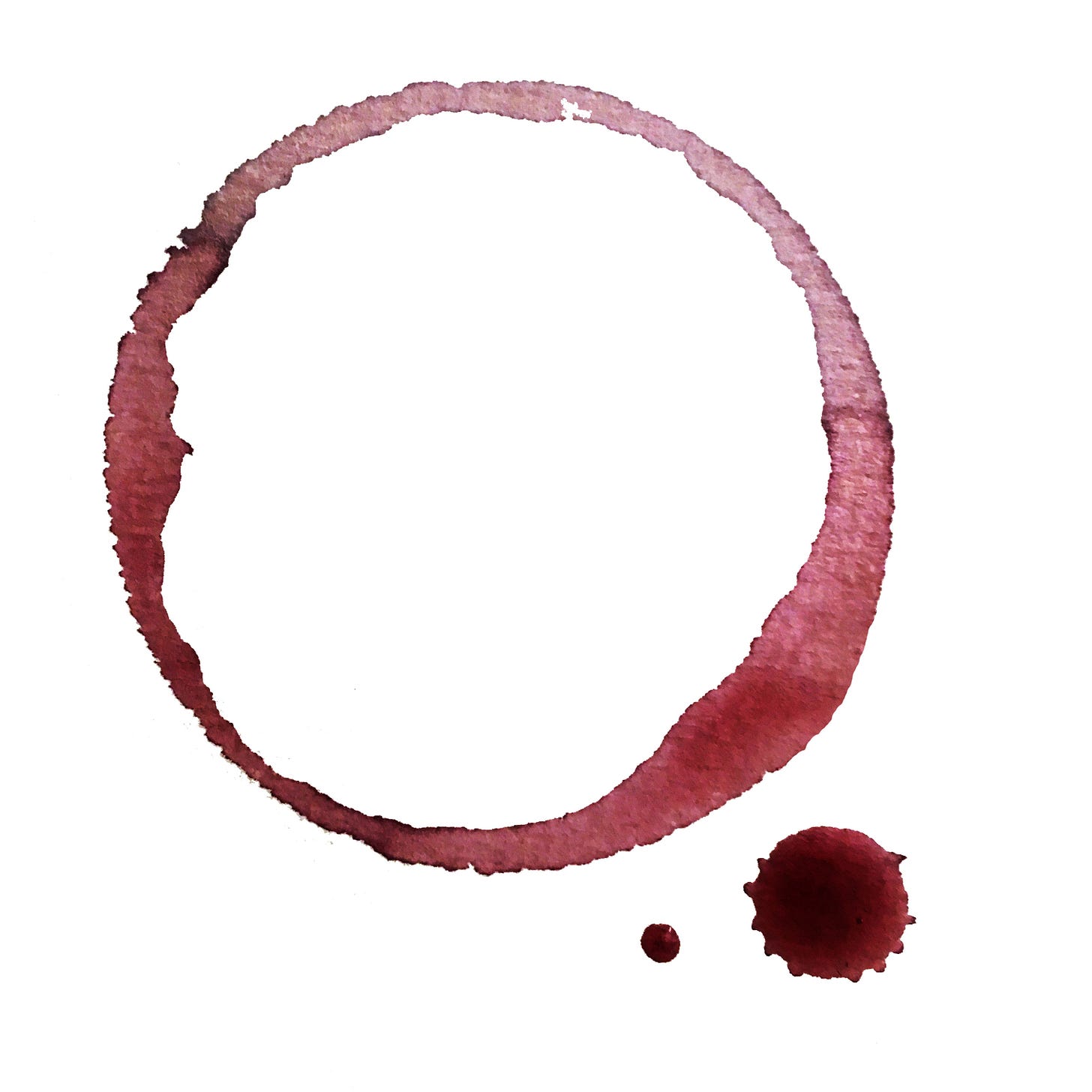
Thanks for this piece, Geoffrey. Very cool bit of history.
Merci beaucoup. Génial histoire.